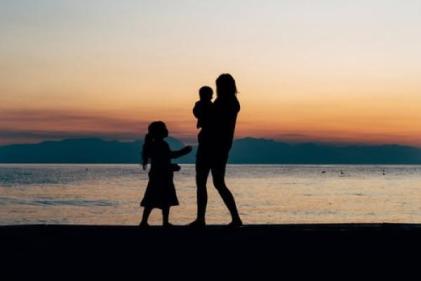Your baby’s skin is much thinner than an adult’s and has a higher pH level. This coupled with the fact that she spends a large amount of time confined in a hot, damp nappy and it’s really no surprise that at one time or another she is likely to develop nappy rash.
Nappy rash begins with a mild inflammation around the nappy area. The effected area can also become sore, hot to the touch and spotty in appearance. If nappy rash isn’t treated it can develop into something more serious such as a yeast or bacterial infection. If itchy red bumps begin developing on your baby’s bottom, this could be caused by yeast. The yeast which is in your baby’s skin is reacting with the existing diaper rash. This will require a topical antifungal cream from your doctor. A bacterial infection can cause your baby to have a fever and the rash may develop pus filled pimples or oozing yellow patches. If you are concerned that your baby may have an infection you should always consult with your G.P.
You can treat nappy rash yourself by using a barrier ointment and by keeping the nappy area clean and dry. The rash should clear up after three to four days and it’s unlikely to bother your baby too much. If after three to four days you don’t see any improvement you should consult a paediatrician. The best way to treat your baby’s nappy rash is to keep your baby clean and dry by frequent nappy changing. Always try to change her nappy as soon as possible after she has wet or dirtied her nappy.
Clean your baby’s bottom using fragrance and alcohol free baby wipes and then follow this by rinsing her bottom with warm water and patting her skin dry. Apply a thin layer of nappy cream or ointment before putting on a clean nappy. You should only use a small amount which will act as a protective barrier between your baby’s skin and any urine and faeces.
You should wash your baby at most once a day and use an emollient baby wash to help heal irritated skin.
You should also give your baby plenty of nappy free time to allow the air to aid natural recovery of the skin. Lay your baby on a waterproof pad or towel which will allow them to get some relief.
You can also switch to a super absorbent nappy to restrict the amount of moisture that comes in contact with your baby’s skin.
Learn more about how to prevent nappy rash






